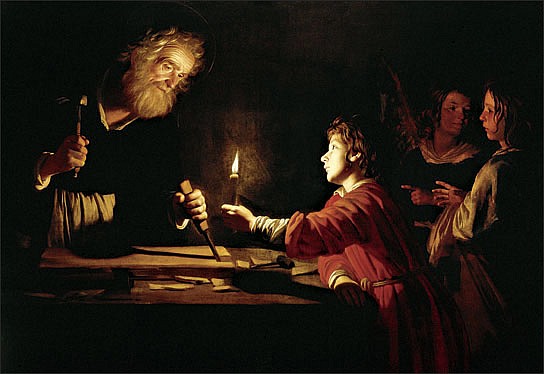 We have a few Nativity scenes in our house...
We have a few Nativity scenes in our house...- A Playmobil Nativity for young hands to play with.
- Another wooden Nativity (on display in the bathroom this year), again for young hands to play with.
- A ceramic Nativity that Anders gave to Beth last Christmas (he had picked it up at a children's Christmas "shopping" event).
- A simple three-piece set we purchased in Ecuador.
- Another ceramic set we were given for our wedding.
- And a stuffed fabric set that I had when I was little.
- There maybe be one more that I'm forgetting!

If there's one that stands apart, it is the Ecuadorian Nativity--simply because it is very reflective of their culture.
But they all are, of course. Most of the figures (with the occasional exception of a magi or two) are pretty white. None look Middle Eastern. Even their clothes tend to take on a western flair at times.
Our pastor recently shared on Christmas Eve how she was bothered as a kid (and adult!) by the Nativity set around growing up. None of the people were wearing authentic Middle-Eastern first century clothing. A shepherd was wearing a fedora! Most had nice leather boots on.
So when you do an image search for "Korean Nativity," you'll find wonderfully carved sets that look...well, very Korean. If you look up "Nigerian Nativity" you'll see images of shepherd and magi in African dress. Even in my neighborhood you'll see black Santas in the stores (if they sold Nativity sets, they'd feature black characters).

This is the meaning of Christmas and the reality of the Holy Spirit: God lives among us, within us. He can identify with us as He knows what we go through.
Jesus was a first century Jew. That is certain. But He is also a 21st century American, Latvian, Argentinian, Somali, Hmong and Maori. Christ comes into our culture to give us life, forgiveness, grace and love. Not just on Christmas Day, but everyday.


